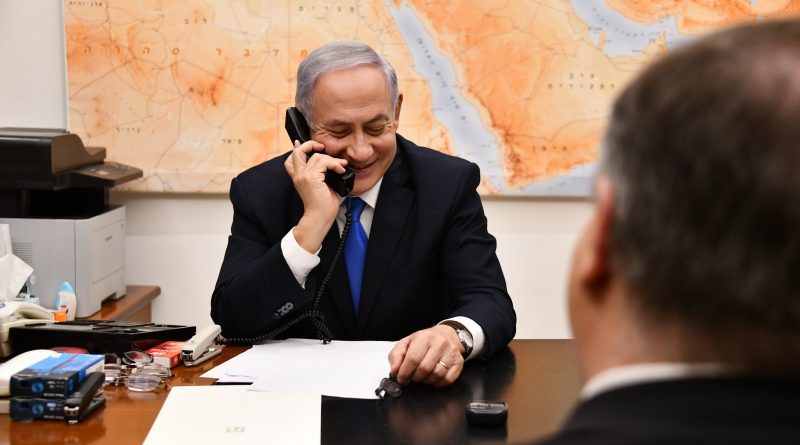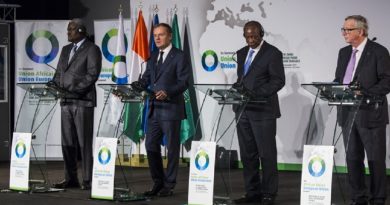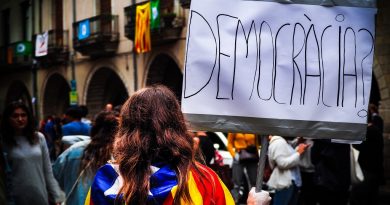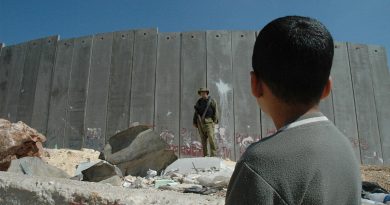Israel’s second national elections in 2019: A new deadlock?
(last update 10 am - 19 September 2019)
In the span of six months, Israeli citizens were called for a new national election on September 17th, 2019, as Benjamin Netanyahu was unable to form a governing coalition within the given timeframe. In general, not so much has been different and the size of the voting blocs has been quite the same: starting from the exit polls run by Israeli television channels it was evident that neither Likud nor Kahol Lavan (“Blue and White” in Hebrew, led by former Chief of General Staff Benny Gantz who is currently facing trial in Hague for war crimes in 2014 Gaza operation) would gain enough seats to achieve a parliamentary majority with at least 61 seats in the 120-member Knesset. Therefore, the two main political actors need support from smaller parties to impact the final result on the one hand, and to start negotiations to build up the new government on the other.
With nearly all votes counted on Thursday morning, Benny Gantz led over Benjamin Netanyahu by a narrow margin and the pathway to form the new government is not yet clear.
In & out
After a campaign of incitement and lies as in the last week when he pledged to annex Jewish illegal settlements in the occupied Palestinian territories and the Jordan Valley, Netanyahu did not reach his final goal. In the next few weeks, he will also fight for his freedom since he has been accused for three cases of corruption and, without a majority in the parliament, he will have no more immunity from prosecution. For this reason, he has already called for a governing coalition with his main rival, Benny Gantz.
Indeed, also Gantz had previously announced the will to form a unity government. He has been considered more centrist and moderate in relation to the Palestinian issue; nevertheless, he has always rejected withdrawing Jewish settlements from all the occupied West Bank. This means that the current apartheid scenario will not change, or, in other words, it will get worse in a more normalised way through which the main questions, such as the end of the Israeli military occupation and the establishment of a Palestinian state, will be moved to the background.
Always in the right-wing side, the far-right secular nationalist Avigdor Lieberman (Israel Beiteinu, “Israel Our Home” in Hebrew) can be considered as the potential kingmaker of the elections since he will probably decide the future of the new Israeli government. After refusing the previous Netanyahu’s attempt of a coalition government last May, Lieberman has just called for a broad and secular unity government with both Likud and Kahol Lavan parties. This could also be possible as the far-right Kahanist anti-Arab party, Otzma Yehudit (“Jewish Power” in Hebrew), failed to pass the election threshold. Furthermore, in general terms, the Orthodox religious parties, including Yamina, United Torah Judaism and Shas, did not get a very good result, and it is still uncertain what role they will have in the upcoming political picture.
On the other side of the political spectrum, the Joint Arab List, formed by Hadash, Ta’al, United Arab List and Balad, has become the third-largest faction in the Knesset, after its re-establishment last July. Most likely, they will not be part of the new Zionist government, but, at least, they have been able to regain a political weight that could counterbalance the ongoing apartheid policy and clearly state that they represent an alternative voice within the Jewish state of Israel. Another interesting result of a joint list has been the Labor-Gesher coalition that has primarily focused on socio-economic issues. A less positive picture came from the so-called “Zionist Left”, currently led by the Democratic Union formed between Meretz, Democratic Israel, Labor and the Green Movement, that have just passed the threshold in order to get into the parliament.
What feasible final option?
With such inconclusive results there are multiple variables and possibilities for a ruling coalition. Among them, the most plausible ones are: a unity government between Likud and Kahol Lavan; a unity government between Likud and Kahol Lavan with the inclusion of Israel Beiteinu; a right-wing government with the support of ultra-orthodox parties; Kahol Lavan’s government getting an external support both from the Arab List and the Democratic Union. Overall, prospects of tense political weeks to deal an agreement or even a third vote soon are more than possible scenarios.
Although Netanyahu era may be coming to an end, it is predictable that the future ruling government will not end with the military occupation, the settlement policy and the siege on Gaza, rather it will strengthen the status quo.
The opinions expressed in this blog are solely the authors’ point of view and do not bind the Center for International Studies, its Director or any other researcher.
![]() This work is licensed under a Creative Commons Attribution-NonCommercial-ShareAlike 4.0 International License.
This work is licensed under a Creative Commons Attribution-NonCommercial-ShareAlike 4.0 International License.




